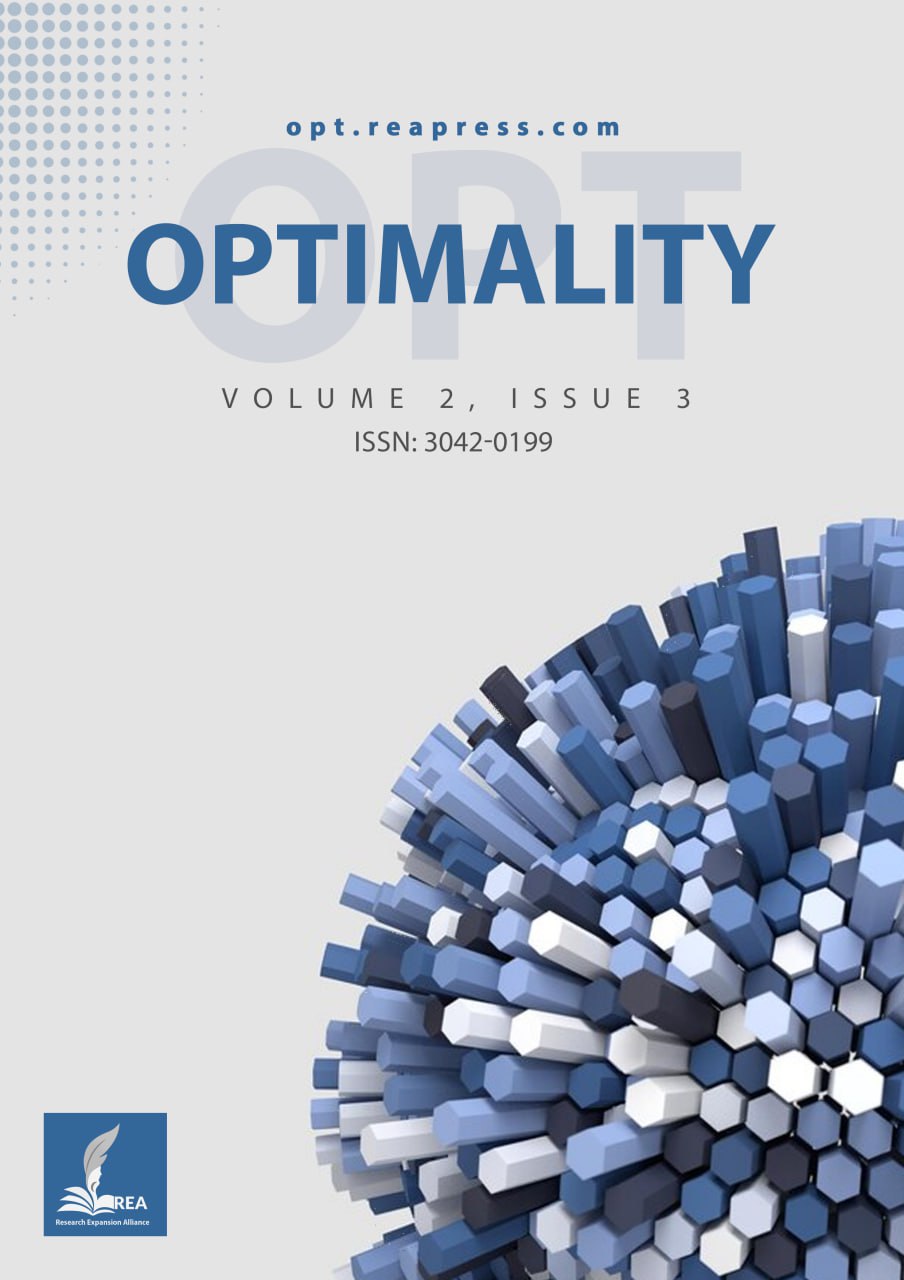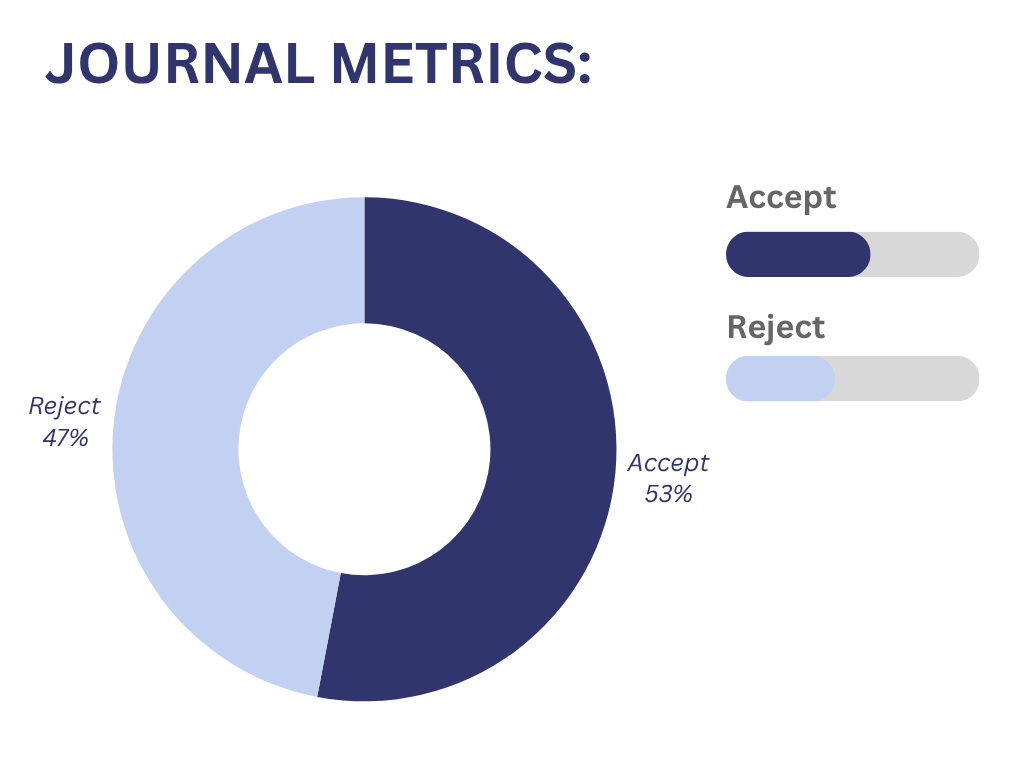Figurative Language in Damilare Kuku’s the Anointed Wife
Abstract
Literary texts are major instruments for the analysis of styles evident in the use of language.The majority of previous studies on literary texts thathave explored figurative language focus on poetic forms of literature with little attention to the prosaic form. Thus, this study investigatedthe deployment of figurative language in Damilare Kuku’s The Anointed Wife, one of the short stories in the author’s collection titled Nearly all Men in Lagos are Mad. This analysis was based on the theoretical framework of linguistic pragmatics that affords the ability to uncover linguistic depths via consideration of contexts. The study adopted a purposive sampling technique to identify the various instances of figurative speeches which were important to the construction of meaning in the selected extracts and employed a descriptive-analytical method. The study revealed how society places certain expectations on people who are separated as religious icons and how these people strive to live up to the expectations of society. It demonstrated the holy family's deceitful attempts to hide their transgressions to maintain their social standing. The linguistic pragmatic approach proved apt in unveiling the linguistic pattern of figurative expressions used to portray the church family, the society and the scandal. More studies could be done using another linguistic technique to analyse the same story or examine figurative expressions in any other story in Kuku’s collection.
Keywords:
Figurative language, Nearly all men in Lagos are mad, The anointed wife, Damilare kuku, Literary text, Short storyReferences
- [1] Yusnitasari, V., Wangi, W., & Sugianto, Y. (2022). An analysis of figurative language on the song lyrics “You are My Sunshine” by Anne Murray. Language and art, 6(1), 309–322. https://ejournal.unibabwi.ac.id/index.php/lunar/article/download/1971/1290
- [2] Sodikova, S. (2025). The role of language identity in sociolinguistics. International journal Multidiscipline , 1(1), 103–105. https://www.tlepub.org/index.php/2/article/view/73
- [3] Riemer, N. (2010). Introducing semantics. Cambridge university press. https://books.google.com/books?hl=en&lr=lang_en&id=tJjZ0FmNdzIC&oi=fnd&pg=PR13&dq=Introductory+semantics&ots=IZt-q-IuHZ&sig=k8103JpN294y1XTPU-5PeTpMSaA
- [4] Ferguson, H. J. (2024). Commentary on the special issue: New approaches to figurative language research. Discourse processes, 61(1–2), 103–111. https://doi.org/10.1080/0163853X.2024.2314945
- [5] Colston, H. L., & Gibbs, R. W. (2021). Figurative language communicates directly because it precisely demonstrates what we mean. Canadian journal of experimental psychology/revue canadienne de psychologie expérimentale, 75(2), 228. https://psycnet.apa.org/buy/2021-47506-001
- [6] Lugli, S., & Strapparava, C. (2025). Understanding is seeing: Metaphorical and visual reasoning in multimodal large language models. Proceedings of the annual meeting of the cognitive science society (Vol. 47, pp. 3470–3478). University of California. https://escholarship.org/uc/item/1zd9598p
- [7] Yule, G. (2012). The study of language 4th edition. Cambridge University Press. https://doi.org/10.1017/CBO9780511819742
- [8] Flusberg, S. J., Holmes, K. J., Thibodeau, P. H., Nabi, R. L., & Matlock, T. (2024). The psychology of framing: How everyday language shapes the way we think, feel, and act. Psychological science in the public interest, 25(3), 105–161. https://doi.org/10.1177/15291006241246966
- [9] Oko, E. C., & Mbey, E. G. (2025). The role of iconicity in language evolution and processing: Bridging embodiment and symbolic representation. Advances in law, pedagogy, and multidisciplinary humanities, 3(1), 296–323. http://103.133.36.82/index.php/alpamet/article/view/920
- [10] van Leeuwen, T. (2023). Social semiotics and multimodality. In The routledge handbook of applied linguistics (pp. 320–336). Routledge. https://doi.org/10.4324/9781003082637-28
- [11] Forouhandeh, B., Clarke, R. J., & Reynolds, N. L. (2022). Rethinking peer-to-peer communication: how different mediums and product types influence consumers’ language. European journal of marketing, 56(8), 2281–2308. https://doi.org/10.1108/EJM-11-2020-0793
- [12] Osuchukwu, C. N. (2022). The role of context in meaning construction beyond semantics to pragmatics. African journal of humanities and contemporary education research, 5(1), 157–172. https://publications.afropolitanjournals.com/index.php/ajhcer/article/download/194/134
- [13] Rahman, F., Amin, M. A., & others. (2022). Authors’ figurative expressions from two novels: A comparative analysis between RTJNA rosso and RTJNA Blu. Theory and practice in language studies, 12(1), 150–157. https://doi.org/10.17507/tpls.1201.18
- [14] Fauziyati, K., & others. (2020). An analysis of stylistic in after dark by Haruki Murakami. JournEEL (journal of english education and literature), 2(1), 47–53. https://doi.org/10.51836/journeel.v2i1.82
- [15] Yunhadi, W. (2016). Realitas bahasa dalam postulat sapir dan whorf. LINGUA: Jurnal bahasa, sastra, dan pengajarannya, 13(2), 169–180. https://doi.org/10.30957/lingua.v13i2.227
- [16] Bagul, A., Pratiwi, D. P. E., & Ardiantari, I. A. P. G. (2023). Discovering the meaning of figurative language in Jamie Miller’s song lyrics. Elysian journal: English literature, linguistics and translation studies, 3(1), 21–30. https://doi.org/10.36733/elysian.v3i1.4240
- [17] Sari, Y. M., Triani, S. N., & Yanti, L. (2023). Penggunaan eufemisme pada novel sunset bersama rosie karya tere liye. Innovative: Journal of social science research, 3(6), 8142–8161. http://j-innovative.org/index.php/Innovative/article/view/7409%0A
- [18] Yeibo, E. (2012). Figurative language and stylistic function in JP clark-bekederemo’s poetry. Journal of language teaching and research, 3(1), 180–187. https://doi.org/10.4304/jltr.3.1.180-187
- [19] Sharndama, E. C., & Suleiman, J. B. A. (2013). An analysis of figurative languages in two selected traditional funeral songs of the Kilba people of Adamawa State. International journal of english and literature, 4(4), 167–174. http://www.academicjournals.org/IJEL
- [20] Syahrina, A. (2019). A stylistic study of figurative language in katy perry’s song lyrics from witness album [Thesis]. https://repository.uinjkt.ac.id/dspace/bitstream/123456789/49300/1/SI19047.pdf
- [21] Olusola, A. O. (2020). Proverbs and figurative expressions as markers of feminist ideology in selected Femi Osofisan plays. Linguistik online, 101(1), 99–113. https://doi.org/10.13092/lo.101.6679
- [22] Jama’an, F., Firza, F., & others. (2021). Metaphor on Japanese song lyric By Miwa: a stylistic study. Journal of cultura and lingua, 2(1), 26–32. https://culingua.bunghatta.ac.id/index.php/culingua/article/download/21/9
- [23] André, D. C. (2010). A study of context and figurative language in Buchi’s Emecheta’s the rape of shavi: A pragmatic approach. Communication and linguistics studies, 3(1), 5–14. 10.11648/j.cls.20170301.12
- [24] Hidayati, N. (2017). Figurative language in Kakong community: A study in Lombok island. Journal of english education, 2(1), 74–82. http://usnsj.com/index.php/JEE/article/view/2.1.74-82
- [25] Younas, A., Shahzad, W., Naveed, A., Aziz, S., & Younas, A. (2024). An analysis of figurative language in taufiq Rafat’s poem “the time to love.” Qlantic journal of social sciences and humanities, 5(1), 399–412. https://doi.org/10.55737/qjssh.379019364
- [26] Awodey, S., & Frost-Arnold, G. (2024). Studies in semantics: The collected works of Rudolf Carnap. Oxford University Press. doi: 10.1093/actrade/9780192894878.book.1%0A
- [27] Birner, B. J. (2025). Introduction to pragmatics. John Wiley & Sons. https://download.e-bookshelf.de/download/0000/6451/92/L-G-0000645192-0002338914.pdf
- [28] Saeed, J. I. (2015). Semantics. John Wiley & Sons. https://www.wiley.com/en-us/Semantics%2C+5th+Edition-p-9781119709886
- [29] D’Haen, T. (2021). Linguistics and the study of literature (Vol. 1). BRILL. https://brill.com/display/title/28801?language=en
- [30] Adeniran, A. O., & Tayo-Ladega, O. (2024). Critical analysis of phenomenological research design in a qualitative research method. Management analytics and social insights, 1(2), 186–196. https://doi.org/10.22105/ad338t15
- [31] Adeniran, A. O., Asifat, J. T., Familusi, O. B., & Folorunso, S. S. (2024). Critical analysis of research methods and misperceptions of statistical analysis. International journal of innovation in management, economics and social sciences, 4(3), 29–50. https://doi.org/10.59615/ijimes.4.3.29



